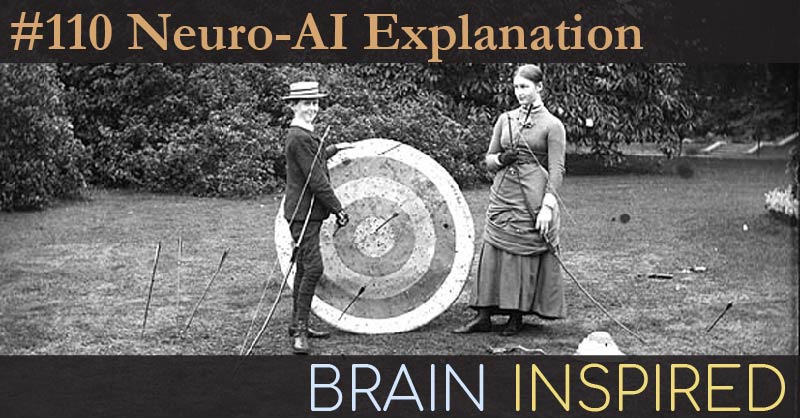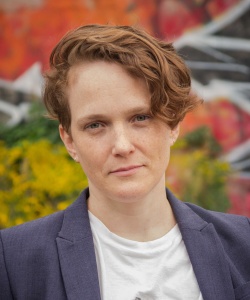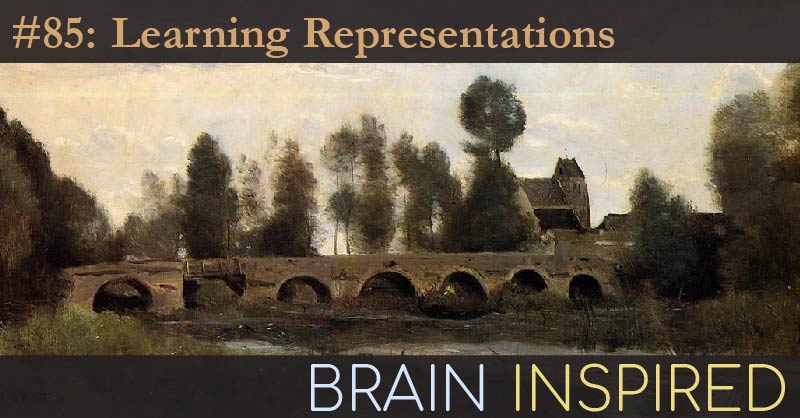

Catherine, Jess, and I use some of the ideas from their recent papers to discuss how different types of explanations in neuroscience and AI could be unified into explanations of intelligence, natural or artificial. Catherine has written about how models are related to the target system they are built to explain. She suggests both the model and the target system should be considered as instantiations of a specific kind of phenomenon, and explanation is a product of relating the model and the target system to that specific aspect they both share. Jess has suggested we shift our focus of explanation from objects – like a brain area or a deep learning model – to the shared class of phenomenon performed by those objects. Doing so may help bridge the gap between the different forms of explanation currently used in neuroscience and AI. We also discuss Henk de Regt’s conception of scientific understanding and its relation to explanation (they’re different!), and plenty more.


Timestamps:
0:00 – Intro
11:11 – Background and approaches
27:00 – Understanding distinct from explanation
36:00 – Explanations as programs (early explanation)
40:42 – Explaining classes of phenomena
52:05 – Constitutive (neuro) vs. etiological (AI) explanations
1:04:04 – Do nonphysical objects count for explanation?
1:10:51 – Advice for early philosopher/scientists

Ida and I discuss the current landscape of reinforcement learning in both natural and artificial intelligence, and how the old story of two RL...

Support the show to get full episodes, full archive, and join the Discord community. Dean Buonomano runs the Buonomano lab at UCLA. Dean was...

Mentioned in the show: Dan’s Stanford Neuroscience and Artificial Intelligence Laboratory: The 2 papers we discuss Performance-optimized hierarchical models predict neural responses in higher...